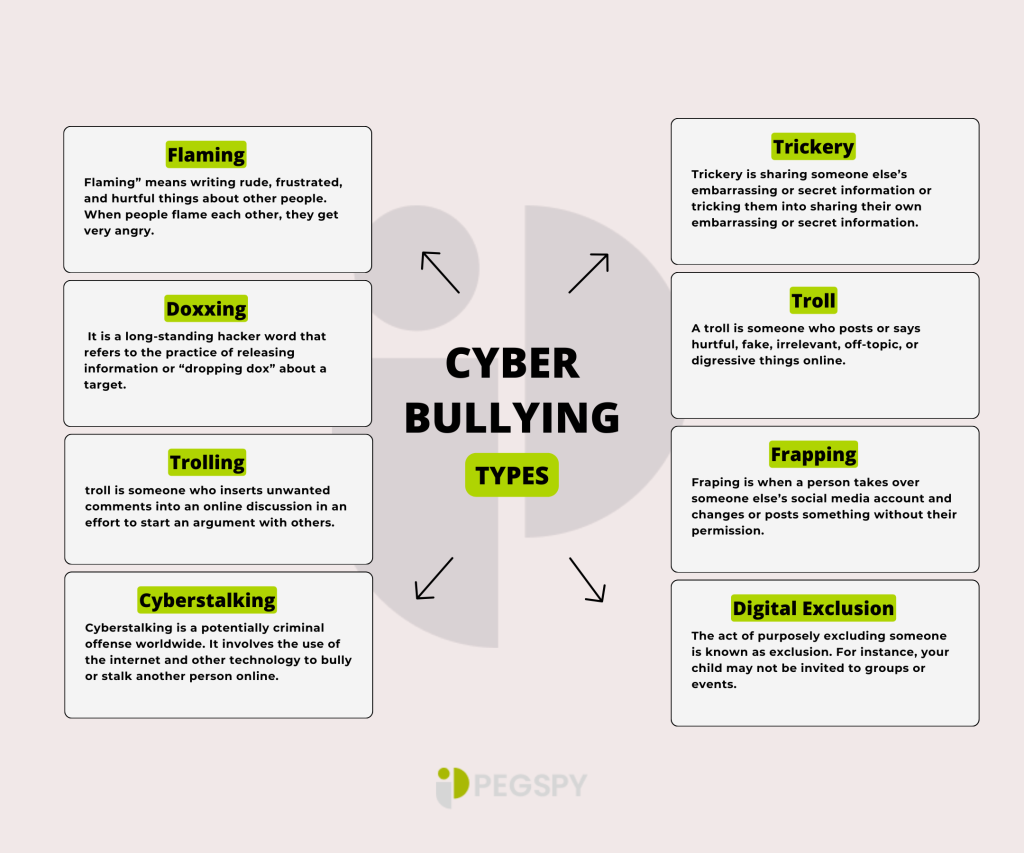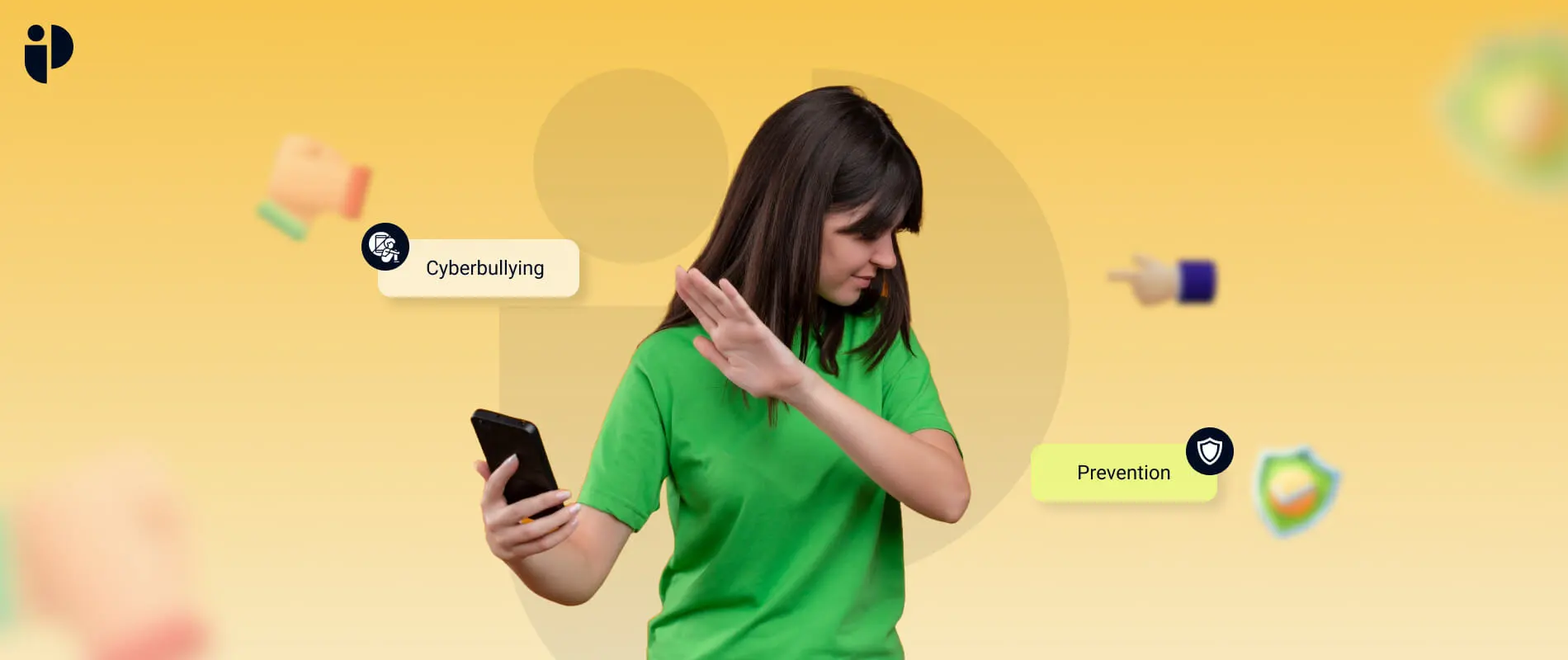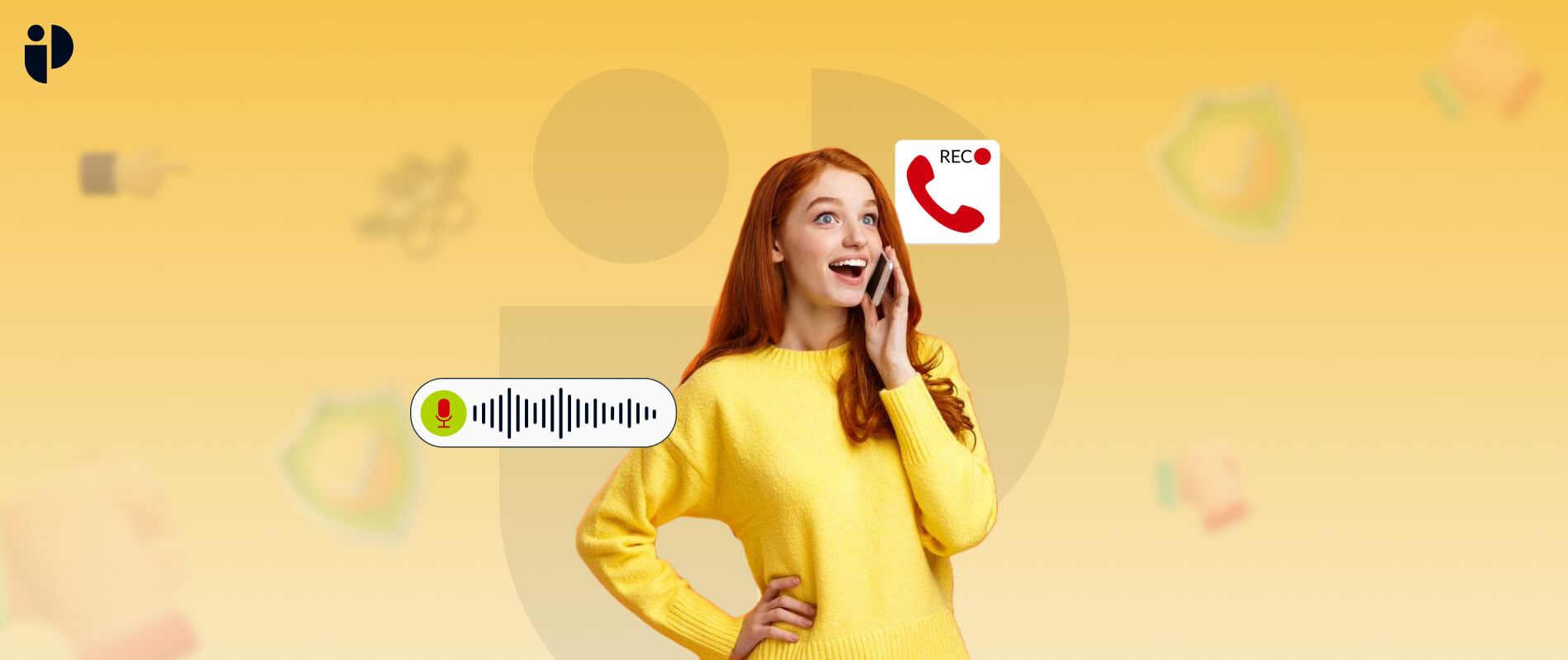Cyberbullying is a cybercrime where people are bullied online. The platforms especially used are social networks, game communities, and other places where people can see and share content.
Attackers share hurtful, fake, or negative posts or personal information about victims on these websites. The intention is to make them feel bad, threatened, degraded, or embarrassed online.
It is a very big problem because it changes a person’s whole life. Some people even kill themselves because of being bullied.
Cyberbullying is not just a single word but a broader term for various digital crimes. It has many types through which people go through.
What are the Types of Cyberbullying?
There are many types of cyberbullying. Some major ones are given below;
Cyberstalking
Cyberstalking is a potentially criminal offense worldwide. It involves the use of the internet and other technology to bully or stalk another person online.
This online intimidation is an expansion of cyberbullying. It can take the form of emails, text messages, social media posts, and other forms of communication. It is frequently organized, planned, and persistent.
According to: Pew Research Centre
Four out of every ten Americans are victims of online harassment, and 62% believe it is a serious problem.
Digital Exclusion
The act of purposely excluding someone is known as exclusion. Exclusion is a form of bullying that can happen face-to-face, but it can also take place online. It can be used to target and harass a victim. For instance, your child may not be invited to groups or events.
Even though they observe that their other friends are invited, or they may be shut out of message threads or conversations that involve other people with whom they share common friends.
Online Harassment
Different types of cyberbullying can be grouped into the term “harassment”. But in general, it means sending hurtful or threatening messages online on a regular basis with the purpose to hurt someone. According to research 55% of teens have experienced online harassment.
Flaming
- “Flaming” means writing rude, frustrated, and hurtful things about other people. When people flame each other, they get very angry.
- This usually happens in chat rooms, instant messages, or emails.
- It could also happen on YouTube and social networking sites. It’s a very violent way to scare someone.
Doxxing
- Doxxing, sometimes written as doxing, and also known as outing.
- It is a long-standing hacker word that refers to the practice of releasing information or “dropping dox” about a target.
- The reasons can range from seeking vengeance to furthering a political agenda.
- Some boxers seek to publicize the identities of criminals or those responsible for terrible deeds.
- However, there are numerous documented cases of victims of malicious doxxing who suffered real-world consequences.
Trolling
- A social media troll is someone who inserts unwanted comments into an online discussion in an effort to start an argument with others.
- The term “cyberbullying” is often used to describe harassment that takes place over the Internet, but trolling can take place in any medium.
- Trolls are a serious issue on social media platforms because bullies use them to intentionally humiliate and threaten their victims.
- The goal of internet trolling is to encourage further trolling by getting the victim to respond with more insults and derogatory language.
- The troll may even follow the victim from one social network to another in an effort to either continue harassing them or get them to leave the network.
- According to studies, about 46% of American teenagers between the ages of 13 and 17 have been the target of cyberbullying, which involves trolling.
Trickery
- Trickery is sharing someone else’s embarrassing or secret information or tricking them into sharing their own embarrassing or secret information.
- This could include tricking someone into giving up private information or lying to get personal information for bad reasons. It’s a type of abuse and a form of cyberharassment.
- Trickery can come in many forms, such as pretending to be someone else, making false claims etc.
- People who do this are hurting themselves and others, and it can invade their privacy and well-being.
Troll
- A troll is someone who posts or says hurtful, fake, irrelevant, off-topic, or digressive things online.
- These online platforms are usually social media apps, groups and what rooms. Its goal is making other people feel bad.
- The troll usually does these things for fun or to get a certain result, like stopping a rival from doing something online or on purpose making other people confused or hurt.
Frapping
- Fraping is when a person takes over someone else’s social media account and changes or posts something without their permission.
- This word comes from putting “Facebook” and “rape” together.
- Frapping has been used on the internet and in Urban Dictionary for more than ten years. Because of changes in social media, the way people frame has changed too.
- As an example, kids are using Facebook less and less, so today’s framing is more likely to happen on Instagram or Snapchat.
- Frapping can be anything from a “harmless” joke to a very bad act of vandalism.

Real-Life Victim of Cyberbullying
Hannah Smith killed herself because of cyberbullying on the website Ask.fm, where people who didn’t give their names were insulting her. People are getting more and more angry about abuse and trolling online, and her father has spoken out against the site.
Even though social media companies have taken steps to stop abuse, people who are easily harmed still need tighter rules and regulations to protect them.
Hannah Smith tragically killed herself because of the trolling she got on Ask.Fm, where nameless users called her names and told her to hurt herself. The public is very angry about this event and wants stricter rules to stop internet harassment.
As more cases of teen suicides linked to cyberbullying have come to light, the British government has been under more and more pressure to act.
Even though some social media sites are trying to stop abuse, stricter rules and action may be needed to protect users who are easily harmed.
This problem shows how hard it is to find a balance between free speech and keeping people safe from internet abuse.

How To Ensure Safety From Cyberbullying?
After having information about types of cyberbullying the question comes to mind is how can we make sure that our kids are safe online. Parental control softwares is the best choice for it. Parents enable you to monitor the activities of your kids.
For preventions and interventions read: https://pegspy.com/cyberbullying-signs-prevention-intervention/
Conclusion
There are several types of cyberbullying, each with its own difficulties and potential implications for its victims. In order to address the problem and adopt tactics to avoid and combat online harassment, it is essential to gain a deeper understanding of various forms.
By promoting online safety, respect, and empathy, we can build a more inclusive and secure digital environment for everyone, especially our young and vulnerable users.
Reducing the frequency and impact of cyberbullying in today’s digital culture requires education, open communication, awareness and parental control software.





